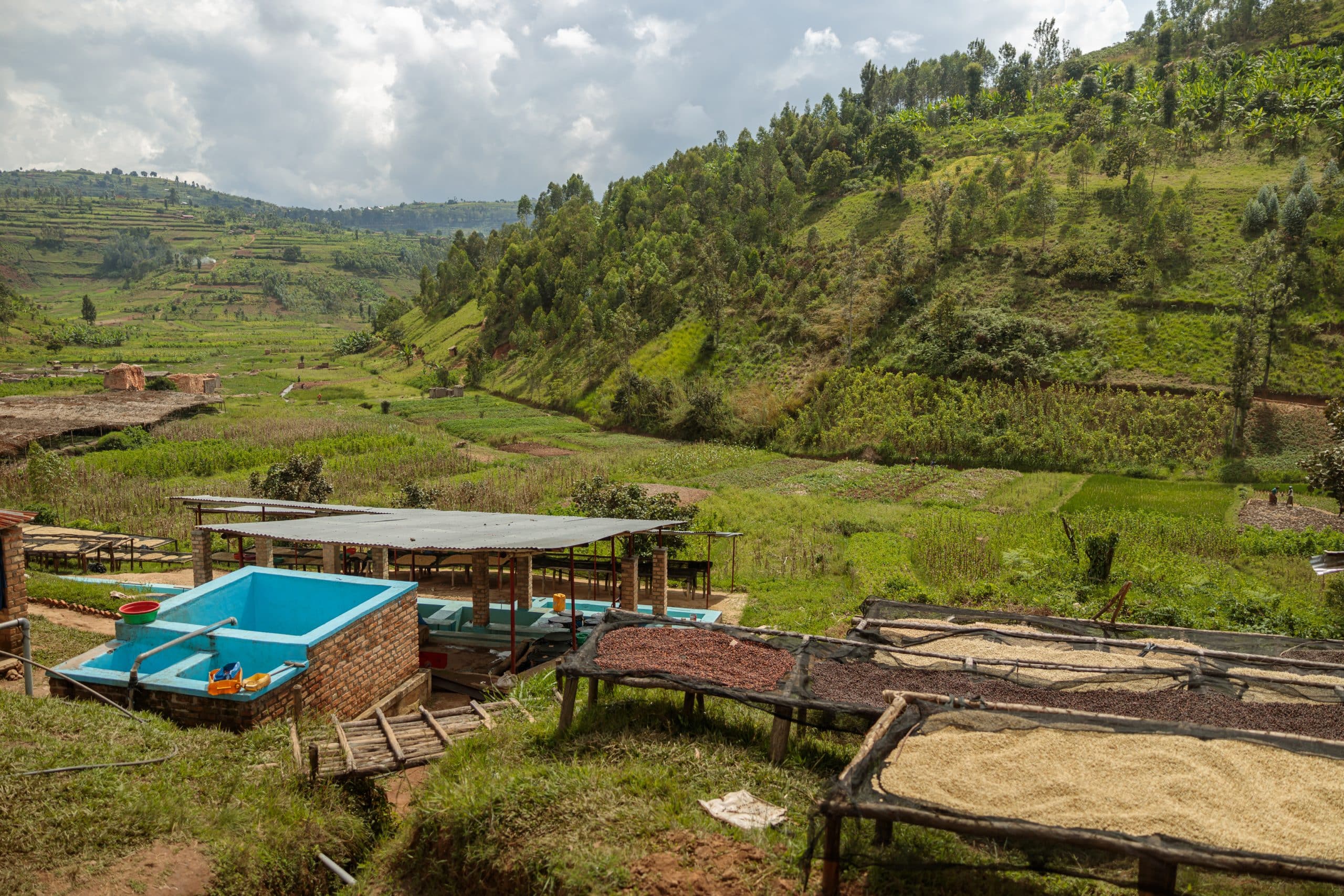Today, in an era where eco-consciousness is paramount, it is vital that you are aware of sustainable practices that can be implemented at home. One such practice is greywater recycling. This refers to the reutilization of lightly used water from your household for purposes such as irrigation, which can dramatically reduce your water consumption. But how can you effectively recycle greywater in your home garden? This article will explore this question in-depth to help you understand the best methods for greywater recycling.
Understanding the Concept of Greywater
Greywater is derived from various household activities, such as hand washing, showering, and laundry. This water is relatively clean compared to blackwater, which is heavily contaminated water from toilets. Greywater, despite not being suitable for direct consumption, can be recycled for other uses.
A lire aussi : What’s the Most Aesthetic Way to Construct a Rain Barrel System in a Suburban Home?
Reusing greywater is not only environmentally friendly but also economically beneficial as it reduces your water bill. However, it is critical to remember that greywater can contain traces of dirt, food, grease, hair, and cleaning products. Although it poses no health risk when used correctly, improper handling can result in unpleasant odours, clogged irrigation systems, or soil health problems.
Choosing a Suitable Greywater System for Your Garden
There is a wide array of greywater systems available, each with its unique attributes. The ideal system for your garden depends on your particular circumstances, including your budget, local greywater regulations, the size of your garden, and the specific use-cases for the recycled water.
En parallèle : What’s the Ideal Setup for a Home Theatre Room to Enhance Acoustic Quality?
Manual bucketing is the simplest and cheapest method but requires a lot of work. More advanced and comfortable are diversion devices and greywater treatment systems. The latter not only divert but also treat the greywater before it is used, making it suitable for a broader range of uses.
Before installing a greywater system, it is essential to consult with a reputable plumber or greywater system provider. They can assess your specific situation and offer tailored advice on the most effective system for your needs.
Implementing Greywater Irrigation Systems
When it comes to irrigating your garden with greywater, precision is key. The water must be delivered directly to the roots of the plants, bypassing the fruit or leaves, to avoid direct human contact with the greywater.
Drip irrigation systems are particularly effective for this. These systems release water slowly and directly to the plant’s root zone, ensuring efficient water use and reducing the chance of runoff. However, they can be prone to clogging from small particles present in the greywater, so regular maintenance is necessary.
If you opt for a more straightforward irrigation method, like a watering can, be careful not to splash greywater onto the parts of the plant that will be eaten.
Selecting Appropriate Plants for Greywater Irrigation
Not all plants are suitable for greywater irrigation. Some are sensitive to the increased levels of nutrients and potential contaminants found in greywater. Fruit trees, landscape trees, and ornamental plants are generally well-suited for greywater irrigation. Avoid using greywater on vegetables or plants that have edible parts touching the soil, to prevent potential health risks.
Also, remember that greywater can be alkaline due to detergents, so plants that thrive in acidic soil might not be the best choice. Always monitor your soil and plants’ health when using greywater for irrigation.
Ensuring Safe Greywater Recycling Practices
The safe use of greywater is paramount, both for your health and the health of your garden’s soil and plants. To ensure safety, adopt practices such as using eco-friendly washing and cleaning products that are greywater safe. Don’t use greywater if someone in your household is ill, as it may contain harmful pathogens.
Store greywater for no more than 24 hours, as it can become foul-smelling and unhealthy with time. Also, avoid overloading the soil with greywater, as this can result in a buildup of salts and other substances that are harmful to your plants.
In summary, recycling greywater for your home garden is a cost-effective, environmentally-friendly practice. By understanding greywater, choosing a suitable system, implementing effective irrigation methods, selecting appropriate plants, and adopting safe recycling practices, you can reap the numerous benefits this practice offers.
Maintenance of Your Greywater System
To ensure the longevity of your greywater system, it’s crucial to maintain it regularly. Maintenance activities typically include cleaning filters, checking valves and pumps, and observing the health of your plants and soil. Always keep an eye out for any unusual changes, such as a decrease in plant growth or a sudden rise in soil alkalinity. These could indicate a problem with your greywater system that needs immediate attention.
One of the common issues with greywater systems is the buildup of lint, especially if the greywater comes from a washing machine. This can clog the system over time, reducing its effectiveness. A simple solution is to install a lint trap on your washing machine hose, which will catch the lint and prevent it from entering your greywater system.
Greywater systems, especially those with complex components like pumps and filters, may require professional maintenance from time to time. Engaging a professional can ensure that your system is working smoothly and safely, which will ultimately benefit your garden and your household.
Remember that a well-maintained greywater system will not only ensure efficient water recycling but also prolong the life of the system, providing you with years of service.
Keeping Up with Greywater Regulations
Greywater recycling is governed by specific regulations that vary by location. These regulations are put in place to protect public health and the environment. It’s important to stay informed about the local rules and regulations regarding the use of greywater in your area.
Before implementing a greywater system, consult local officials or a professional greywater company to understand your area’s regulations. You might need a permit to install certain types of greywater systems.
Also, be mindful of the restrictions on the type of greywater that can be used for irrigation. For example, in some regions, greywater from kitchen sinks or dishwashers is considered black water and should not be used for irrigation because of its high grease and food particle content.
Staying updated with greywater regulations will ensure that you are recycling water safely and legally, contributing to a sustainable future while staying within the boundaries of the law.
Conclusion
In conclusion, recycling greywater is an excellent way to conserve fresh water, reduce your water bill, and maintain a lush and healthy home garden. With careful planning and the right system, you can start using your household water more efficiently, turning waste into a precious resource.
Although it might seem daunting at first, the benefits of greywater recycling far outweigh the challenges. It’s about more than just watering your lawn garden or your water plants; it’s about taking real, impactful action towards sustainability. So, consider taking the first step towards a more sustainable home and garden by exploring greywater recycling. With the right approach, it can be simpler and more rewarding than you might think.






